I often find unexpected spiritual inspiration in the world around me, even in something as seemingly mundane as a commercial tagline. Recently, Mazda Motors’ simple phrase, “Move and be moved,” struck a chord with me. Four simple words promoted a fresh reflection on our community’s current congregational direction statement: “Moving with Love.”
Let me offer its wording to you before I continue sharing my thoughts.
“Moving With Love”
Immersed in Life and Love
we embrace this moment of possibility
as a graced path to Transformation.
Listening to God, to the universe, to the world’s pulse,
we trust that healing and whole-making energies
are released in ourselves and the planet,
as we commit to valuing diversity
in our witnessing, listening and discerning,
everyday caring and conversing,
our partnering and advocating,
risk-taking and justice-making.
Direction Statement: Congregation of the Sisters of St. Joseph, 2021-2025
It has been my experience that each of our congregational direction statements, like this one, always seem to carry a quality of the now and the not yet. “Moving With Love” is not only a declaration of our mission but beckons us forward on a communal and personal journey. Words committing us to embark on a sacred walk that is evolving, always in progress, and never quite complete.
Personally, the phrases of Moving with Love, have become more than just a directional guide for our community, they have become a soul map and a spiritual checklist for me. Moving With Love invites me to assess the manner in which I move through this world.
Am I tuned into the pulse of God?
Am I listening to others deeply today?
Where have I witnessed the sacred in the ordinary?
Am I risk-taking and justice-making?
Not rhetorical questions, but daily invitations to live more fully, more lovingly, and more intentionally.
Sure, Mazda likely meant something entirely different when it said, “Move and be moved,” but the Spirit finds ways to speak through all things.
May we continue to move and be moved with love as our map and transformation as our path.
-Sister Nancy Wales, csj
“Whether you turn to the right or to the left, your ears will hear a voice behind you, saying, ‘This is the way; walk in it.’
”
image: Marek Piwnicki








